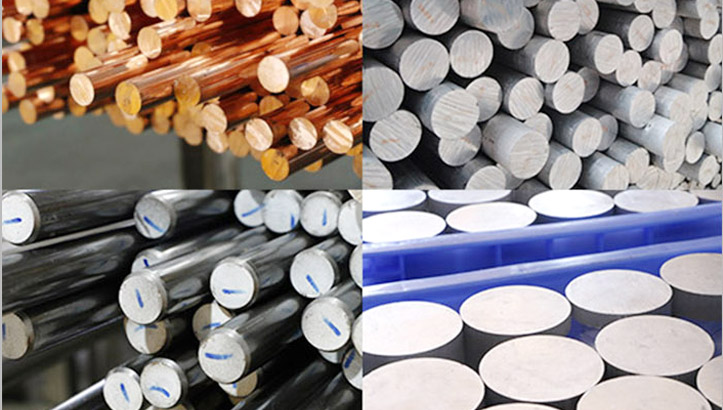How to Achieve Consistent Color and Texture in High-Volume CNC Machining?
In the fields of precision manufacturing and audio-visual design, many products demand not only high structural accuracy but also exceptionally consistent color and texture. Many customers encounter issues like inconsistent color depth, smearing, noticeable surface marks, and inconsistent sandblasting results during large-scale production. These issues often stem not from a single process but from the accumulation of minor flaws across multiple stages. Our company, through years of experience, has developed a comprehensive suite of proven solutions that help customers ensure consistent visual and tactile quality across every stage of production, from source material selection to surface treatment.
This article details how we ensure consistent color and texture across large production runs of parts by controlling every step of the process, from material selection and machining to surface treatment and dyeing. If you’re struggling with inconsistent product appearance, reading this article may help you find a trustworthy supplier who can help you solve this problem.
Our 8-Step Solution for Uniform Color and Texture
To ensure every CNC machining part looks and feels the same, even across thousands of units. We follow a detailed 8-step process. Each step is designed to eliminate variables and ensure consistency in color, texture, and overall finish.
1. Standardized Material Selection
We follow international material standards to ensure each batch has consistent chemical and mechanical properties. A consistent base material is the foundation for achieving a uniform finish during later processing.

2. Eliminate Tool Marks During Machining
We optimize tooling, cutting paths, and feed rates to prevent visible tool marks. A smoother surface coming out of the CNC machine leads to more uniform sandblasting and anodizing results later on.
3. Complete Cleaning and Inspection Before Surface Treatment
Every part is fully degreased and cleaned, followed by a 100% manual inspection. Clean surfaces are essential to avoid blotches, streaks, or uneven dye absorption in later stages.
4. Controlled Sandblasting for Even Texture
To create a consistent texture, we use identical abrasive materials and strictly control blasting angles and pressure. We also train operators to follow precise handling techniques to ensure every part has the same matte or textured finish.
5. Pre-Anodizing Chemical Treatment Control
Before anodizing, we monitor pH levels and soak time during the acid cleaning process. Consistency here prevents patchy or dull finishes and ensures the surface is fully prepped for even anodizing.
6. Color Matching and Quality Checks
We use colorimeters and reference samples to compare dyed parts before and after processing. This ensures all pieces fall within acceptable color variation ranges and match the intended shade.

7. Precise Anodizing: Current and Timing Control
Our automated systems control both anodizing current density and exposure time, ensuring every part develops an oxide layer of the same thickness, gloss, and durability.
8. Dyeing Process with Triple Control: pH, Time, Concentration
To achieve consistent coloring, we fine-tune and monitor dye bath pH, dye concentration, and immersion time. Controlling these three factors ensures the color comes out uniform across all parts, even in large batches.

In Conclusion
Achieving consistent color and texture in high-volume CNC part production doesn’t rely on a single “black technology,” but rather on standardization and meticulous attention to detail at every stage from start to finish. Through this mature and rigorous process, we help our customers seamlessly transition from small-batch pilot production to large-scale delivery, ensuring consistent product appearance and reliable quality.
If you’re looking for a partner who truly understands and addresses the challenges of consistent mass production appearance, please contact VMT to collaborate with us to achieve higher standards in product appearance.



